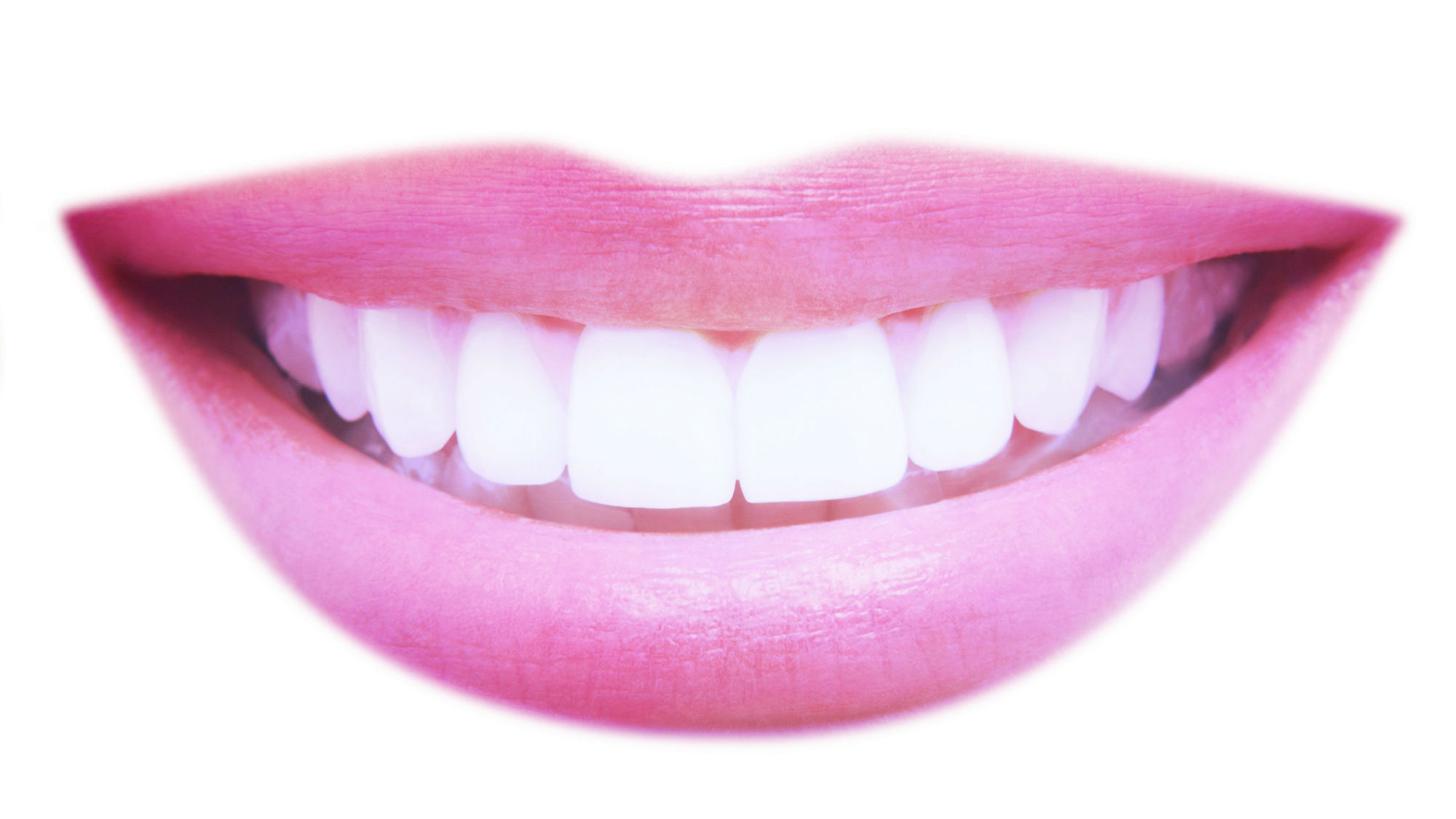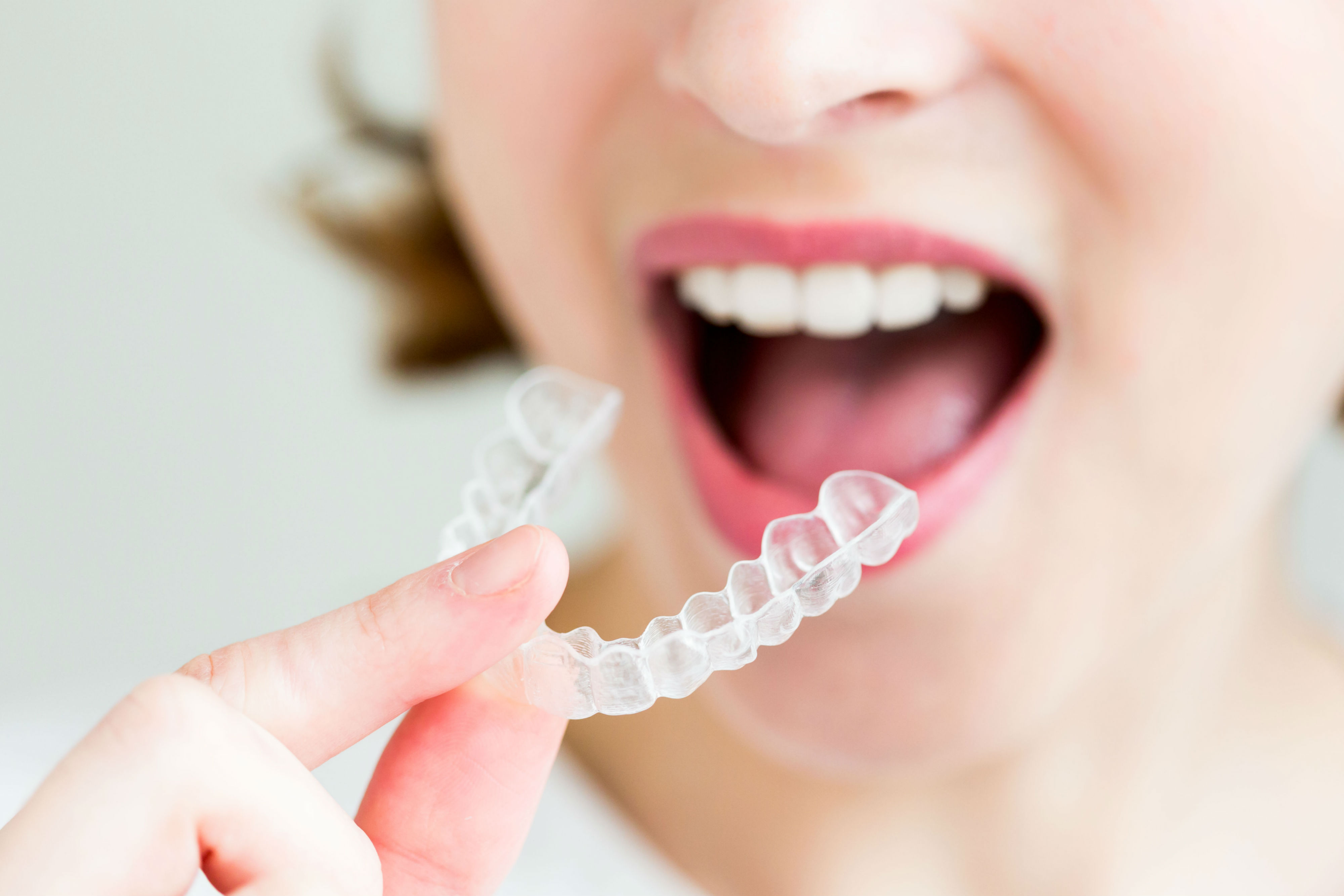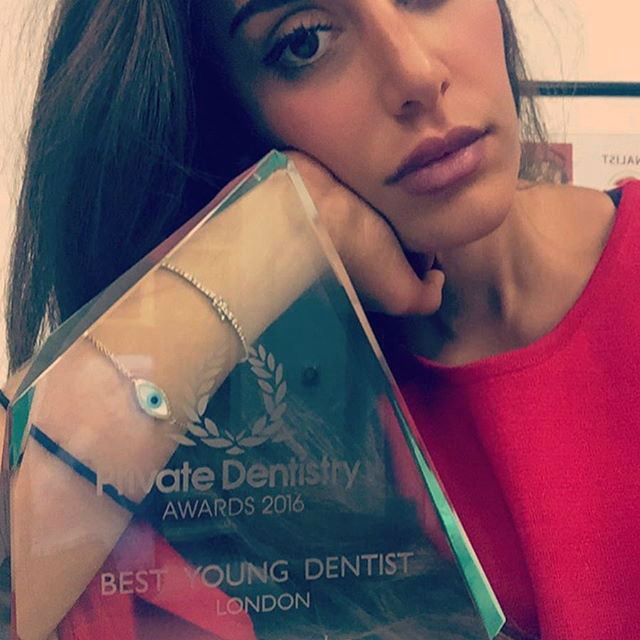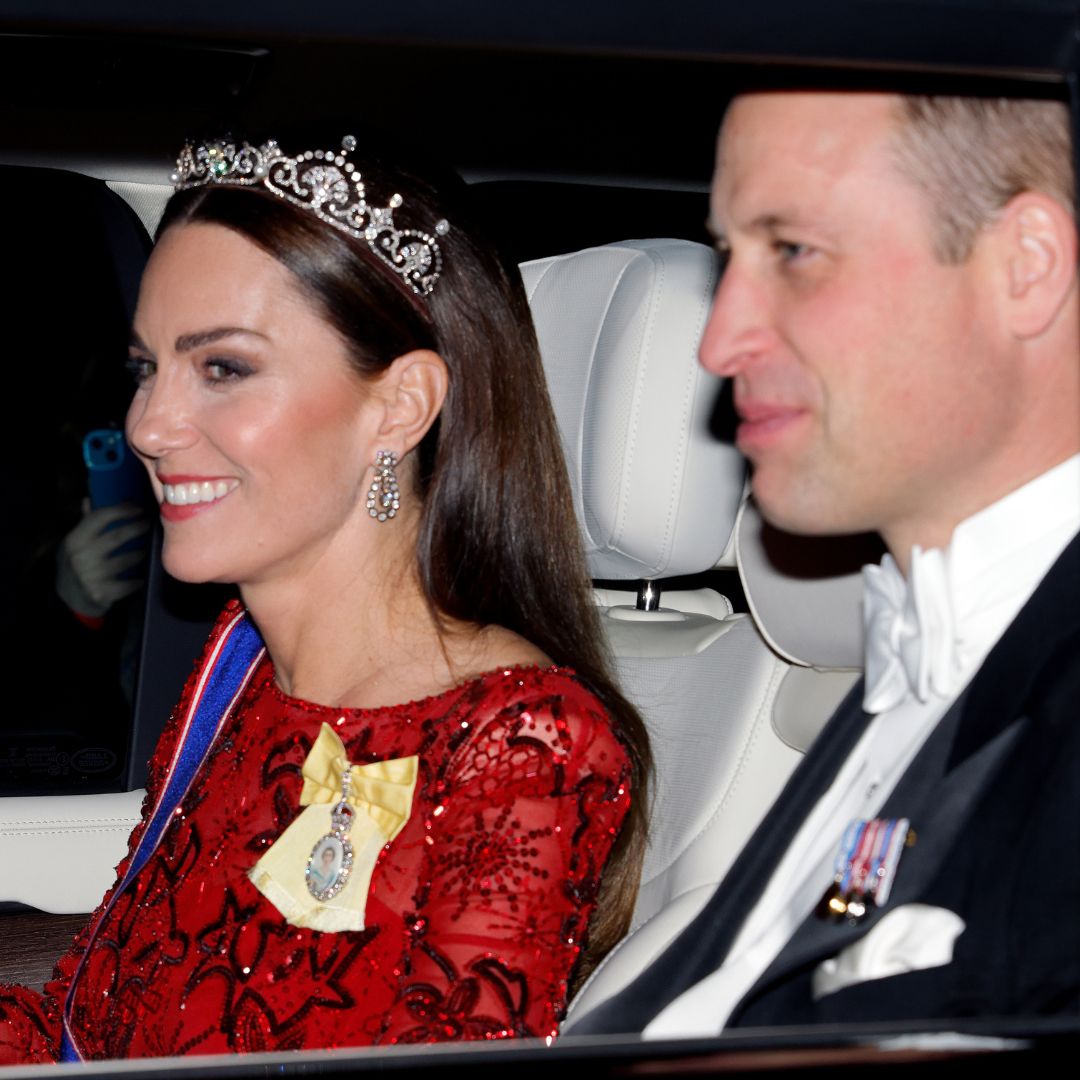Thinking of using Invisalign? Here's what you need to know
Because the innovation in braces has come a long, long way...

Because the innovation in braces has come a long, long way...
Invisalign braces are fast replacing traditional metal train tracks as the subtler way to straighten and improve the appearance of your teeth. But how much do Invisalign cost, how long do they take to work and how effective are they? We asked award-winning dentist Dr Rhona Eskander to tell us everything we need to know.
What are Invisalign and how do they work?
'Invisalign uses nearly invisible braces to straighten your teeth. The aligners are made from thermoplastic material uniquely developed from your treatment plan, created on an individual basis. You are given a series of bespoke, custom made aligners to move your teeth in the sequence determined by your doctor. Each aligner in this series works individually, making slight adjustments to tooth position. When the aligners are placed on the teeth, they cause the teeth to gradually shift from their current position. After approximately two weeks, you will begin using the next set of aligners, which will continue the teeth straightening process.'
Invisalign vs braces: what are the key differences?
'Invisalign consists of a series of trays which you can take on and off; "train tracks" consist of brackets and wires attached to the teeth, which cannot be removed for the duration of treatment.
The fact that you can remove the Invisalign aligners (required for when you eat and drink) means that, unlike traditional train tracks, you don't need to restrict your consumption of any of your favourite foods which could cause the train tracks to break. You should brush your teeth after each meal and prior to reinserting your aligners to maintain fresh breath and proper hygiene.
Aligners are most effective when worn 20 - 22 hours per day and removed only for eating, brushing and flossing. If they are not worn, the teeth will not move. Train tracks are capable of more complex movements and are the superior treatment option for those cases requiring extractions and large movements for back teeth.'

How much do Invisalign cost?
'They tend to start at £1500, going up to £5000. In most cases, Invisalign treatment is comparable to the cost of traditional braces. Every treatment is judged on an individual basis and is based on your specific needs. Factors taken into consideration are treatment goals, the difficulty of your case, how long you are in treatment and additional factors determined by your dentist or orthodontist.'
Marie Claire Newsletter
Celebrity news, beauty, fashion advice, and fascinating features, delivered straight to your inbox!
Are Invisalign quicker than conventional braces?
'No, they tend to be slower. Your dentist will want to see you usually about once every four to six weeks. The goal of these visits is to ensure that your treatment is progressing as planned. Fixed braces tend to require more chair-side time.'
How long (on average) do Invisalign take?
'It can be anywhere between two months and two years.'
How painful are Invisalign?
'Not as painful as train tracks as there is no rubbing of wires and brackets against the gums. Initially you feel pressure and the ‘attachments’ can cause some discomfort and ulceration, however you soon get used to this and the pressure you feel when the teeth are moving is somewhat addictive. Patients tend to enjoy the feeling of the teeth moving!'
Are Invisalign completely invisible?
'Although the name may suggest they are invisible, they are not completely invisible - nothing in this world is; not even air on a cold day. So yes, they’re not metal, but you do have to wear them 22 hours per day. They are amazing but they don't perform miracles by just sitting in the box!'
Are there any other Invisalign advantages?
'They're very subtle, so no-one may even notice you're wearing them, and they help maintain excellent oral hygiene as you remove the aligners to brush and floss. Also, Invisalign allows you to view your virtual results and treatment plan before you start so you can see how your straightened teeth will look when your treatment is complete.'
What are the benefits of straighter teeth, besides aesthetic ones?
'Straighter teeth are easier to keep clean and the bite can also be more comfortable when teeth are straightened.'
Invisalign: Dr Rhona's Rules

DO avoid taking them out other than at meal times as you need to wear them 22 hours a day for optimal results.
DON'T chew gum with the aligners in as it will stick to them.
DON'T drink alcohol with the aligners in. Because of the high sugar content in alcohol, a moderate amount would be fine to consume, as long as care is taken to clean the teeth and the aligners soon after so as not to trap sugar between them.
DON'T smoke with the aligners in place as this can cause staining.
DON'T place the aligners in a napkin in a restaurant as they can be accidentally thrown away.
DO use a ‘chewie’. Aligner chewies help close any air gaps between your teeth and your Invisalign aligners. The trays may not fit tightly against your teeth at first. Biting on the chewie helps your trays to fit tighter on your teeth, which helps your treatment progress faster.
P.S: Veneers? They're on the way out...
'What is definitely changing in terms of the "Hollywood smile" is the shape and style. The new generation of dentists are moving away from invasive procedures such as veneers and leaning more towards straightening the teeth and allowing the patient to see their progression from the offset. If they were still to go for procedures such as veneers then they have the option to do so.'
Dr Rhona Eskander is the winner of both the BEST YOUNG DENTIST in London (2016/2017) and the 2017 Aesthetic Awards. She graduated from Leeds University in 2010 and completed training at the Perfect Smile Academy. She provides complex cosmetic dentistry and enjoys treating a variety of patients, listening to their concerns and meeting their functional and aesthetic needs.
The leading destination for fashion, beauty, shopping and finger-on-the-pulse views on the latest issues. Marie Claire's travel content helps you delight in discovering new destinations around the globe, offering a unique – and sometimes unchartered – travel experience. From new hotel openings to the destinations tipped to take over our travel calendars, this iconic name has it covered.


